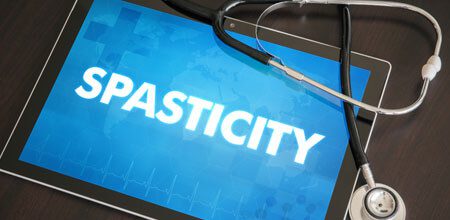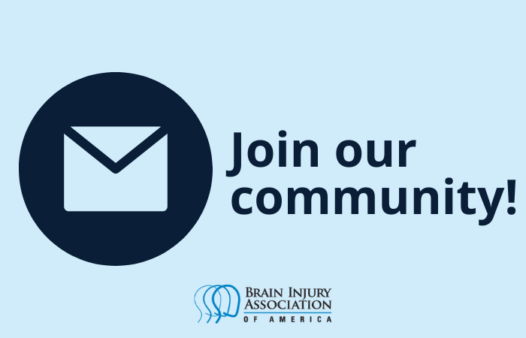Long-term use of Continuously Delivered Baclofen Medication for Excessive Abnormal Muscle Tone
Categories: Spasticity
What is the long term effect of baclofen medication continuously delivered by a pump device surgically implanted in the body to control a condition of abnormal excessive muscle tone and deformity called spastic-dystonic hypertonia?
Past Studies
Past Studies using oral medications to treat spastic-dystonic hypertonia for persons with traumatic brain injuries have not been successful. Spastic-dystonic hypertonia can occur following traumatic brain injury or stroke. Spastic-dystonic hypertonia describes abnormal excessive muscle tone that can cause pain and loss of limb movement. It can also cause a limb to become “fixed” or “frozen” in an uncomfortable position. Because of movement limitations or fixed bending and positioning of limbs, persons with spastic-dystonic hypertonia can experience difficulty moving their bodies and taking care of themselves. This can cause problems with walking and activities of daily living, such as eating, dressing, bathing, and grooming.
Baclofen medication can be delivered continuously and directly to the fluid surrounding the spinal cord by using a small pump placed surgically under the skin. This is called “intrathecal baclofen therapy.” Because using this method allows the
This Study
This Study included seventeen persons with traumatic brain injury who had spastic-dystonic hypertonia in their lower limbs for at least six months and had failed to respond to oral antispasticity medications. Participants were treated with intrathecal baclofen therapy for a year. During the first six months of treatment, participants experienced significant decreases in excessive abnormal muscle tone. During the last six months of the study, muscle improvements were maintained. Only a few people experienced minor side effects that were resolvable. As participants obtained increased movement skills, they worked continuously with occupational and physical therapists to achieve more independent lifestyles.
Who May Be Affected By These Findings
Persons with brain injury and spastic-dystonic hypertonia, their families and caregivers,
Caveats
The side effects associated with oral dose baclofen appear to be minimized when the medication is delivered
Bottom Line
Baclofen continuously delivered by a pump device surgically implanted in the body appears to relieve a condition of abnormal excessive muscle tone and deformities called spastic-dystonic hypertonia in selected persons with traumatic brain injury. The relief of this condition can enable persons with traumatic brain injury to work with occupational and physical therapists to achieve more independent lifestyles.
Please take a moment to comment on the value of this abstract:
Click here to take a brief survey
Find This Study
Meythaler, J. M.; Guin-Renfroe, S.;


